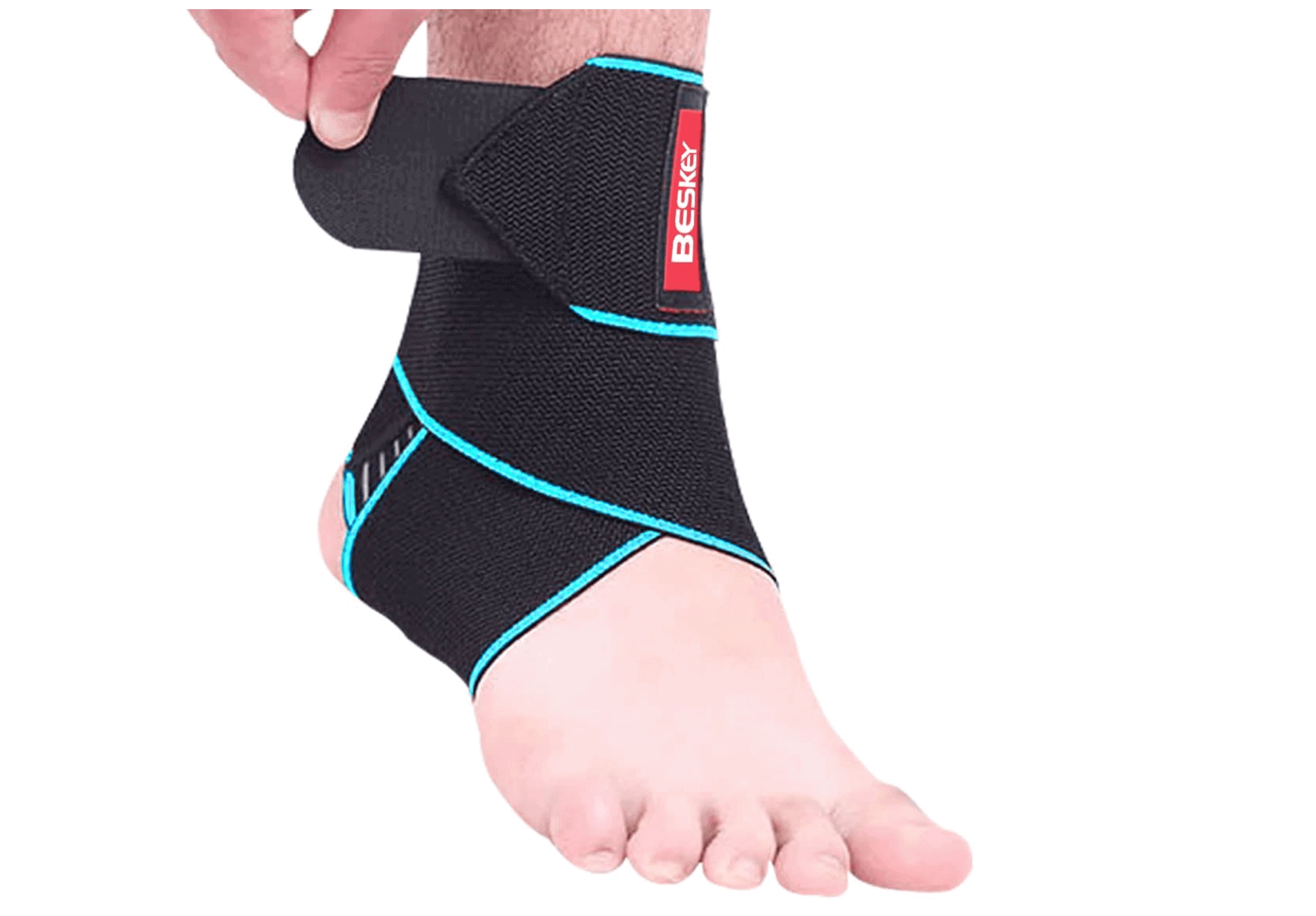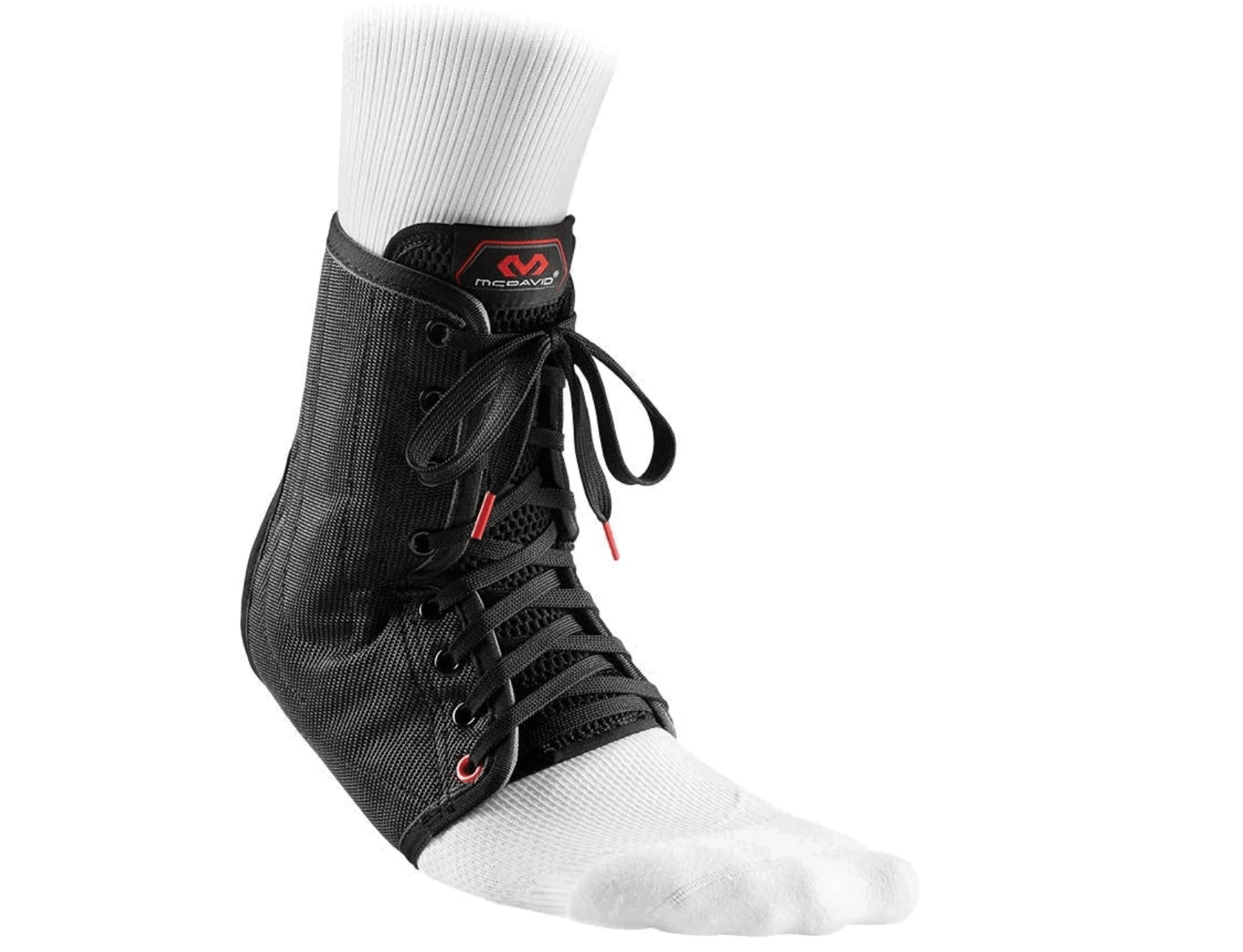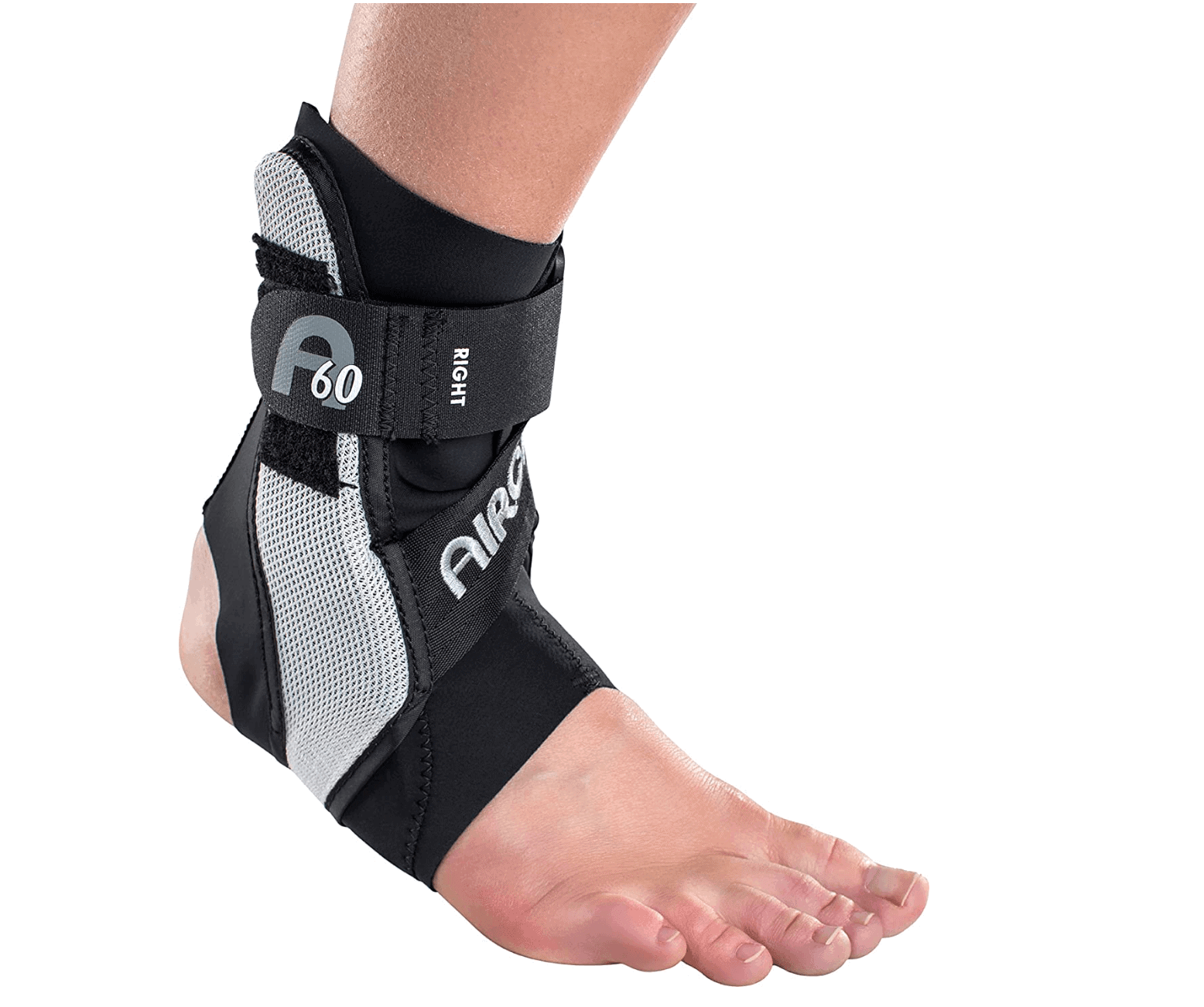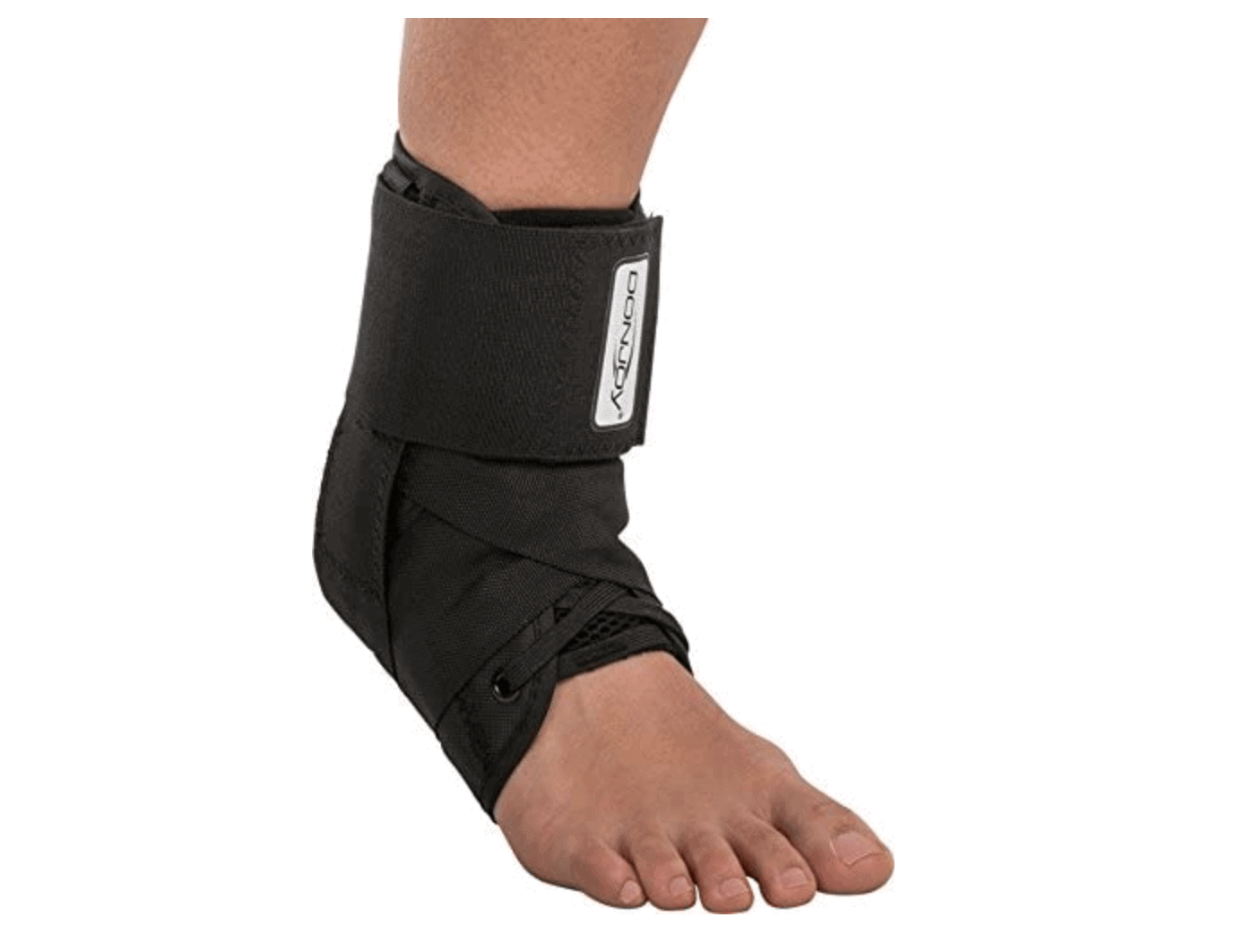Sprained Ankle
Read More >
Choosing the correct type of ankle brace can be confusing. There are hundreds of different types on the market, at varying price levels and with apparent levels of support. The purpose of this article is to provide you with some guidance on how to choose the right ankle brace for you.
Ankle Braces are most commonly used to protect ankles after injury, often for ankle sprains, but in certain sports, especially Basketball, they are used as a preventative tool. They can be used to offload certain aspects of the movement of the ankle, such as reducing inversion to prevent lateral ankle sprains or to offload the peroneal tendons. Rigid braces try to restrict movement in inversion and eversion, and these are more commonly used for post-surgical ankle support.
James McCormack is a Physical Therapist who specialises in Foot and ankle injuries. james-mccormack.com participates in the Amazon Services LLC Associates Program, an affiliate advertising program designed to provide a means for sites to earn advertising fees by advertising and linking to Amazon.com. Earnings from this programme do not affect the price of the products that we recommend.
There is no specific answer in relation to the specific supports for specific injuries. Some ankle supports fit different ankle and foot shape better while different stages of an injury can need more or less support. We have created a rough guide for you.




This is not medical advice. We recommend a consultation with a medical professional such as James McCormack. He offers Online Physiotherapy Appointments weekly.
Should I wear an ankle brace all day?
If you have an acute injury such as an ankle sprain or ankle tendonitis, then it is advised to wear an ankle brace all day. This protects the ankle from a sudden movement that can irritate the injury and facilitates a quicker recovery.
Does wearing an ankle brace weaken the ankle?
If an ankle brace is worn continuously for weeks then there is potential for the ankle muscles to weaken as they become dependent on the additional support provided by the ankle brace. In most cases, wearing an ankle brace for sport or an acute injury is unlikely to weaken the ankle muscles.